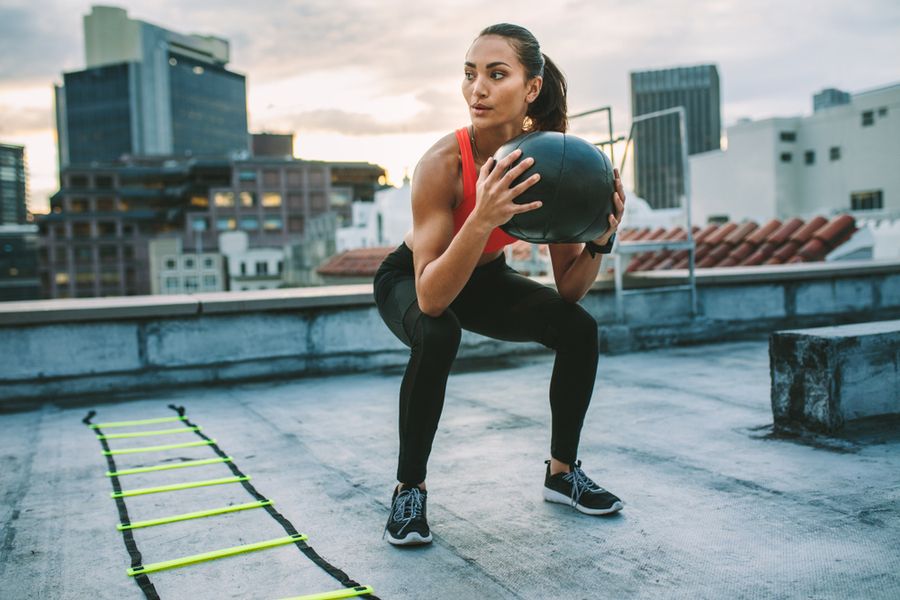Pre-Season Fitness Training
Pre-season—whether ski season, basketball, volleyball, or any vigorous sport season—has two goals. The first is to perform better; the second, to reduce injury. What is your program? Here is how to think about it.

Most people don’t train—but all top athletes do. Most athletic people do a variety of sports, with individual activities such as yoga, stationary bicycling, Pilates, and gym workouts expanding over the past decade. Still, when heading into a new season, most people don’t focus on what exactly is needed to excel at their sport and how to avoid getting hurt. It is time to think of yourself as the best athlete you have dreamed of being and live that way.
Training, simply put, means:
- Identifying the sports skills and fitness requirements needed to perform the sport’s movements;
- Practicing the movements;
- Improving your flexibility, mobility, and strength to excel at those skills;
- And, often forgotten, thinking about how to think about the sports and activities you want to do so that you can do them safely and well.
Most people know the basic workout exercises of squats, planks, and lunges. But few know how to set up the ideal training session in the least amount of time to gain the most benefit for their sport. Many others do the basic exercises—but with injury-producing form, rather than in alignment with the pictures seen in the winter sports magazines.
The answer? Get thee to a preseason sports training camp or set one up with your local trainer, physical therapist, or coach. Take advantage of the many preseason programs posted on the web. Dedicate yourself to being better than you were last season—not just in overall performance, but in all the subtle ways that your sport requires. Actually deciding to engage in a preseason training program is the first step to acknowledging that the skills you have today may not be the ones you need most in your upcoming sport.
Focus not just on strength but on balance and flexibility, coordination, and accuracy. Design novel ways to bring a winter snow sport to a dry land workout. For skiing and boarding, for example, training with roller blades, slide boards, agility ladders, and/or single leg Bozu boards can help you load your edge to carve a turn.
Some of the biggest gains come from one of the most neglected “sports:” the mind game. Most of the injuries I see arise from mental errors. The skier going fast and “losing an edge” usually involves a lack of focus at that moment. But even the mind game can be improved pre-season. And it is not just the ability to focus and stay in the game. The mental concentration required for pushing yourself through the pain (and occasional boredom) of your training exercises pays off, especially when you are tired and vulnerable late in the day—or late in the game. Getting comfortable with your own sweat, your elevated heart rate, your muscle pain, and resisting your natural desire to quit (or worse, to check your text messages) is what pre-season training is about.
I believe you should never, ever read a book, watch a TV series, or look at your smart device when working out—during or after the preseason. Why? You lose 50% of the benefit. How? Because you don’t notice your body’s subtle and even obvious reactions to the workout. You fail to make the small adjustments that optimize balance and coordination. You don’t feel the pain and make the choice to move through it. And you don’t get the wonderful combination of mind/body connection that leads to steady improvement. Pre-season is about you. Don’t miss out.
